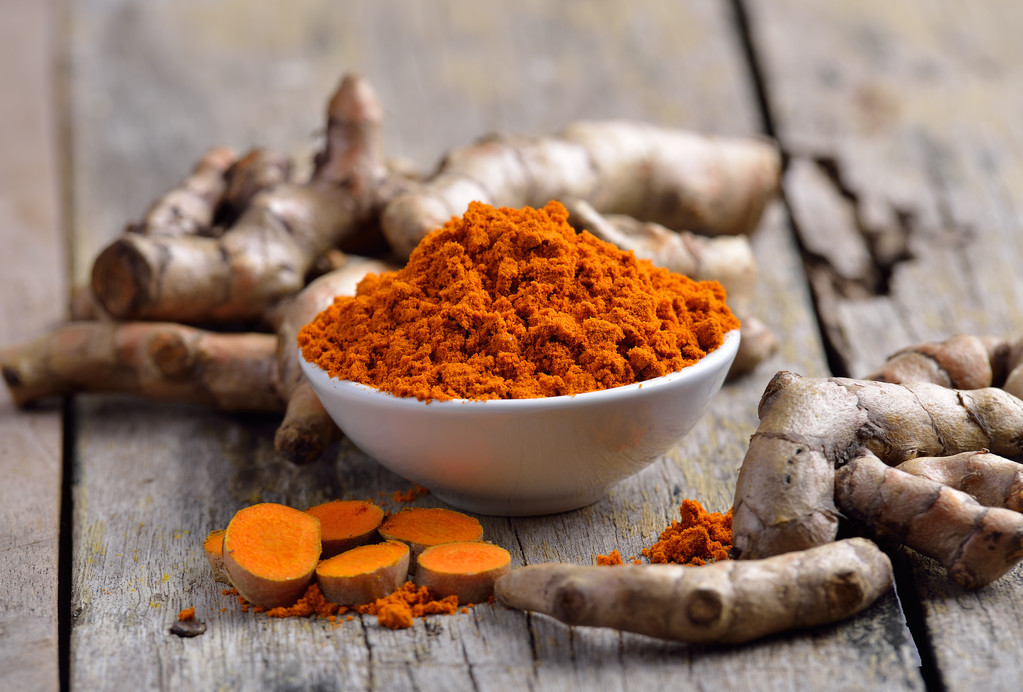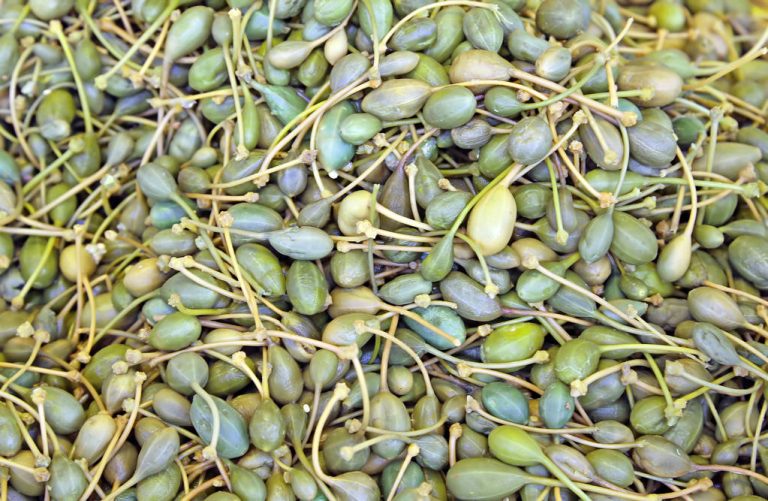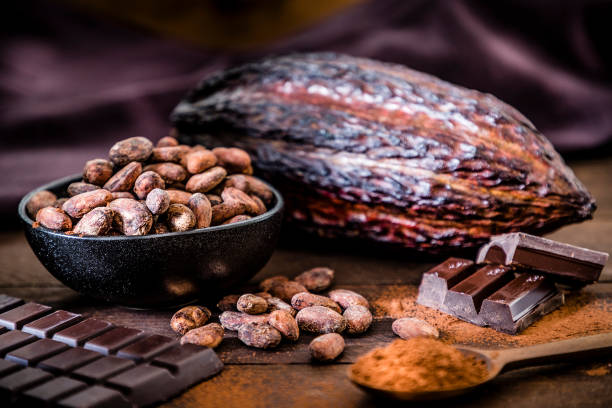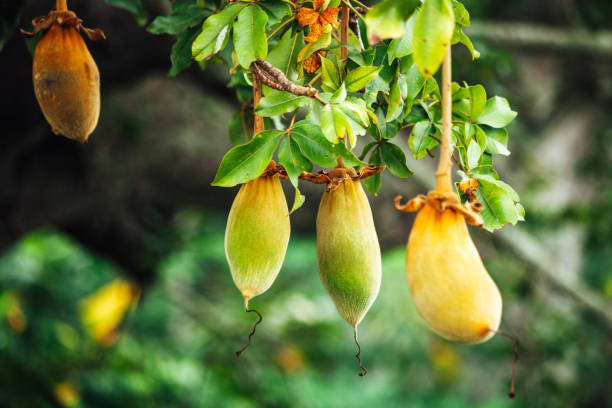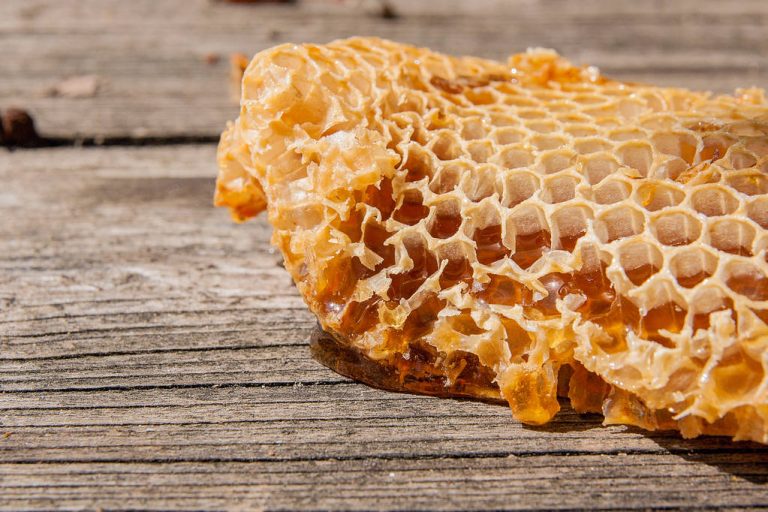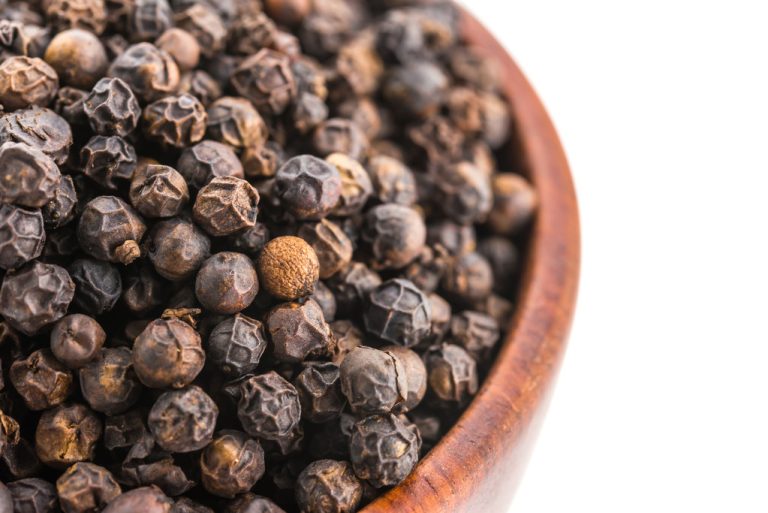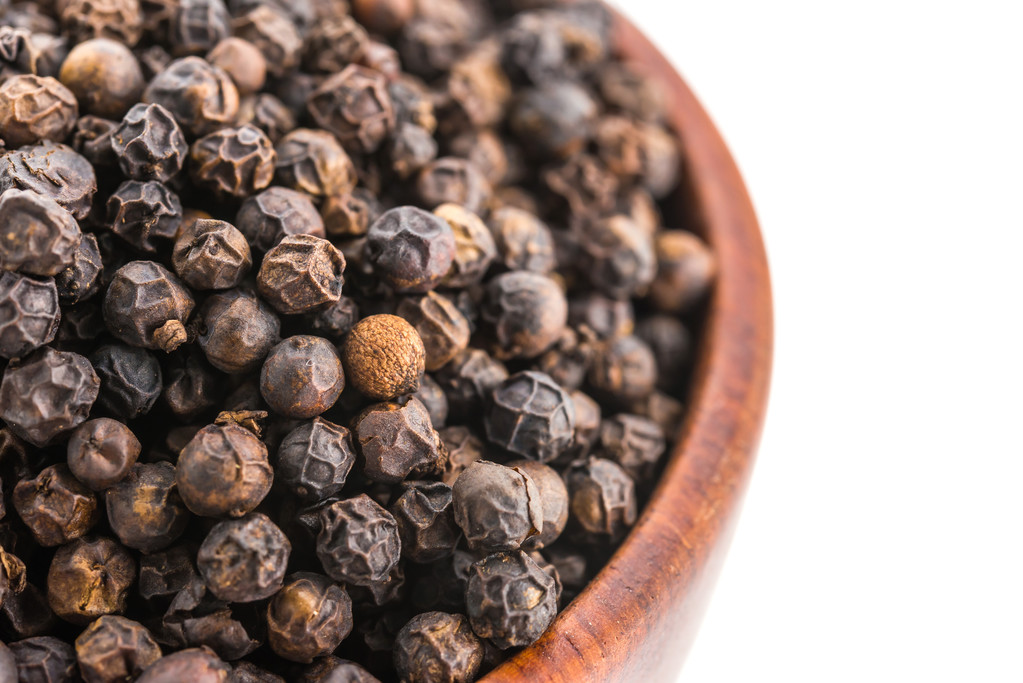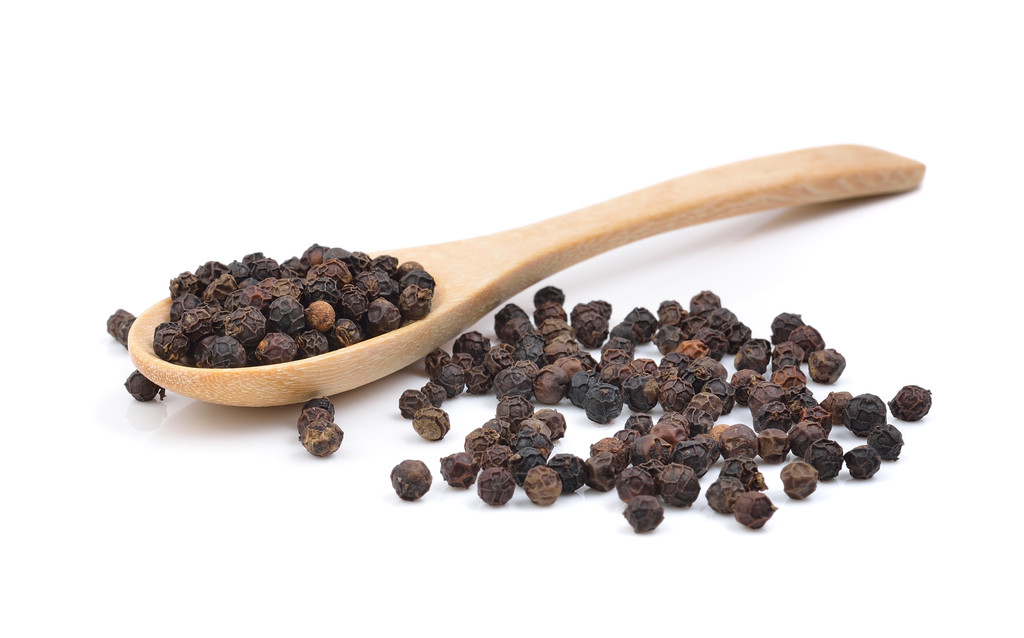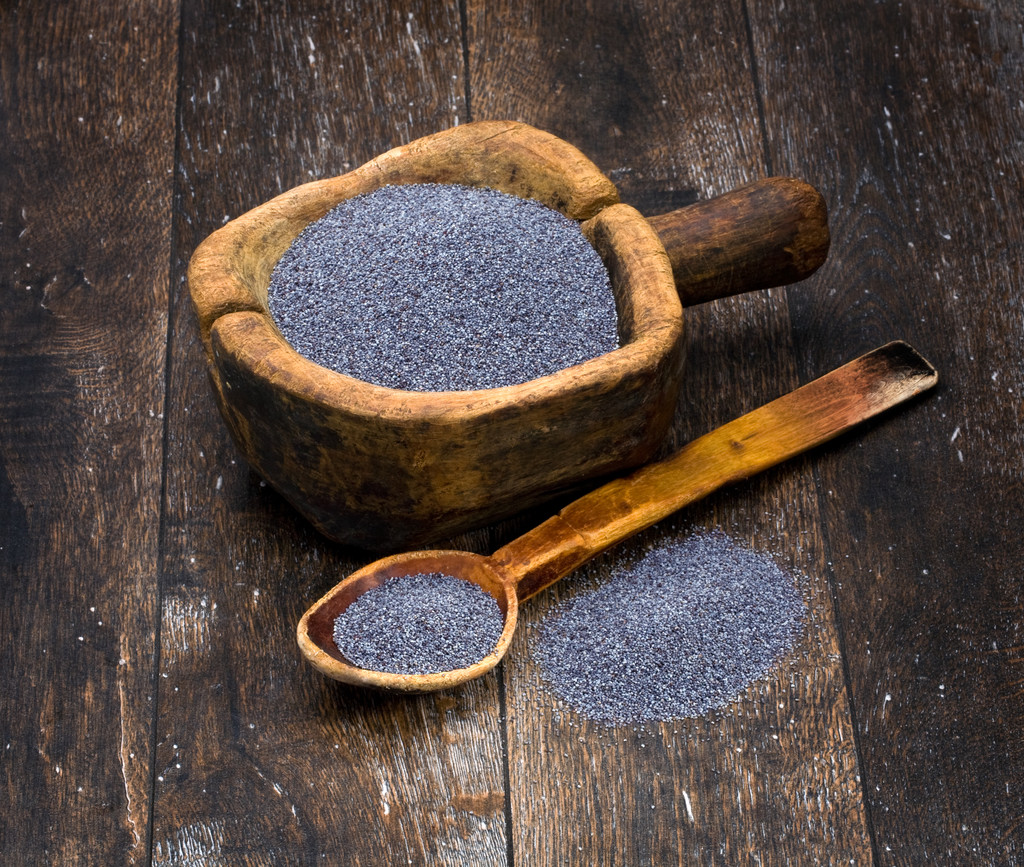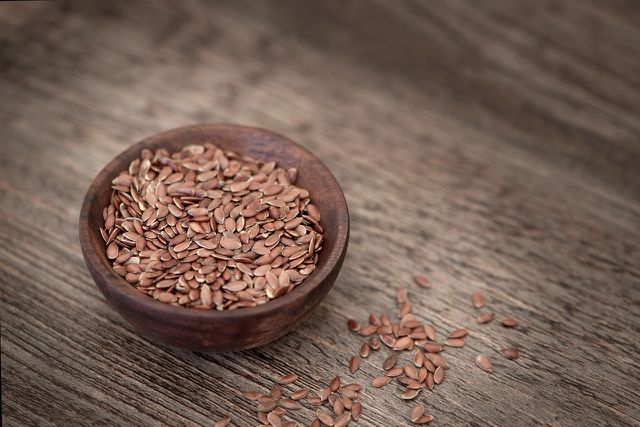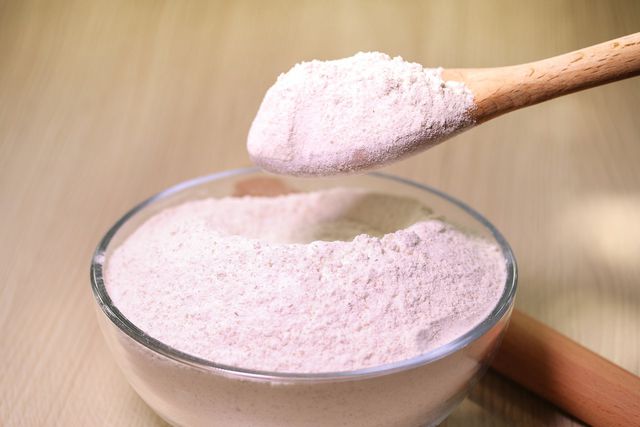The properties of the materials for pots for cooking in comparison. Because the right material for the pots and pans can not only save time but also influence the taste. All materials for pots at a glance.
A properly assembled set of pots can make a significant difference in the home, as choosing the right pot or pan has a significant impact on its performance. For this reason, before buying a pot or pan, you should have thought about what purpose it should serve.
Characteristics of pot bottoms

But not only the material itself plays a role, but the base of the pots and pans also plays a major role. A base that transfers the heat to the food as quickly, evenly, and efficiently as possible is desirable. Copper and aluminum are ideal conductors of heat. Cast iron, on the other hand, conducts heat more slowly, but very evenly. As a rule, thicker bases ensure more even heat distribution. When buying pans, pots, and pot sets, you should make sure that the base is slightly curved inwards when it is cold, as it expands when it is heated and then (especially on an electric stovetop) lies very flat on the stovetop.
Observe safety with pots
In order not to neglect your own safety when cooking, the handles of the pans and pots are very important. The handles must not get hot, so they must be made of materials that conduct heat poorly. Good plastic handles that can withstand the heat of the oven and can be cleaned in the dishwasher are ideal. Even ceramic handles do not heat up, but they break easily. Stainless steel and metal handles are not suitable as they heat up very quickly and can cause severe burns. The handles should be large and practically shaped. In addition, they must not be too tight on the pot so that you can grab them easily without touching the hot pot. If the handles are too high up on the edge of the pot, there is a risk of scalding yourself with hot steam.
What to consider when choosing a pot lid
You save a lot of money and time with the right lid. If the lid does not fit properly, a lot of energy escapes, and the nutrients escape with the steam. At the same time, the permanent escape from heat takes a lot of time. For this reason, the lid should fit snugly and not wobble. Lids that are placed on top need a wide contact surface so that they close well and don’t rattle.
Furthermore, the high dead weight of the lid supports the optimal closure. Stainless steel and glass are particularly suitable as materials, as they dissipate less heat. Glass lids offer the ability to monitor the contents of the pot without lifting the lid. However, they mist up and break more easily when cooking.
Pan lids should curve upwards so that the condensation runs off to the side without dripping onto the fried food.
The right size pots
The sizes of pots and pans you need depend on how much you usually cook. Two pans of different sizes and four pots of different heights and diameters are part of the usual basic equipment. The sizes of the cookware should also match the existing hotplates. Pots and pans that are too small or too large waste energy.
But be careful: the diameter of the upper edge is always specified for cookware. However, the decisive factor is the diameter of the base, which must match the diameter of the hotplate. This is usually about two centimeters smaller. It is best to measure your cooking area and use this measurement when choosing pots and pans.
Tip for cleaning burnt pots and pans
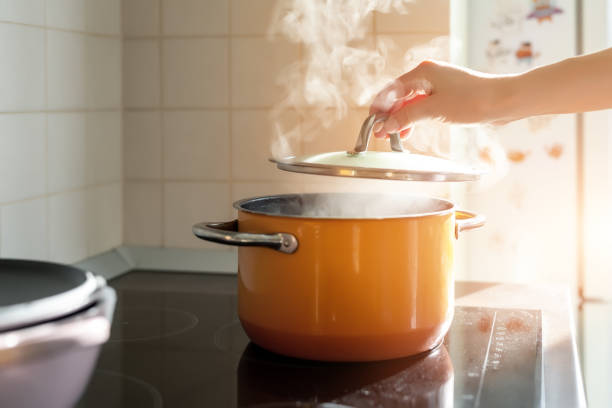
Many use vinegar essence to loosen the burnt fat. While this is very effective, it will damage the coating of the pots over time. Soda and baking soda, mixed with water overnight, are less harmful and just as helpful.
Washing powder for cleaning pots
Mix the washing powder with water and let it boil briefly in the pot. This dissolves the grease residues so well that you can clean the pots without the hassle of scrubbing, but only with a light wipe. An additional positive side effect is that the pots with the washing powder smell good. Sometimes simply rinsing the pot under running water is enough (it always depends on how much and how deep the fat is burned in).





